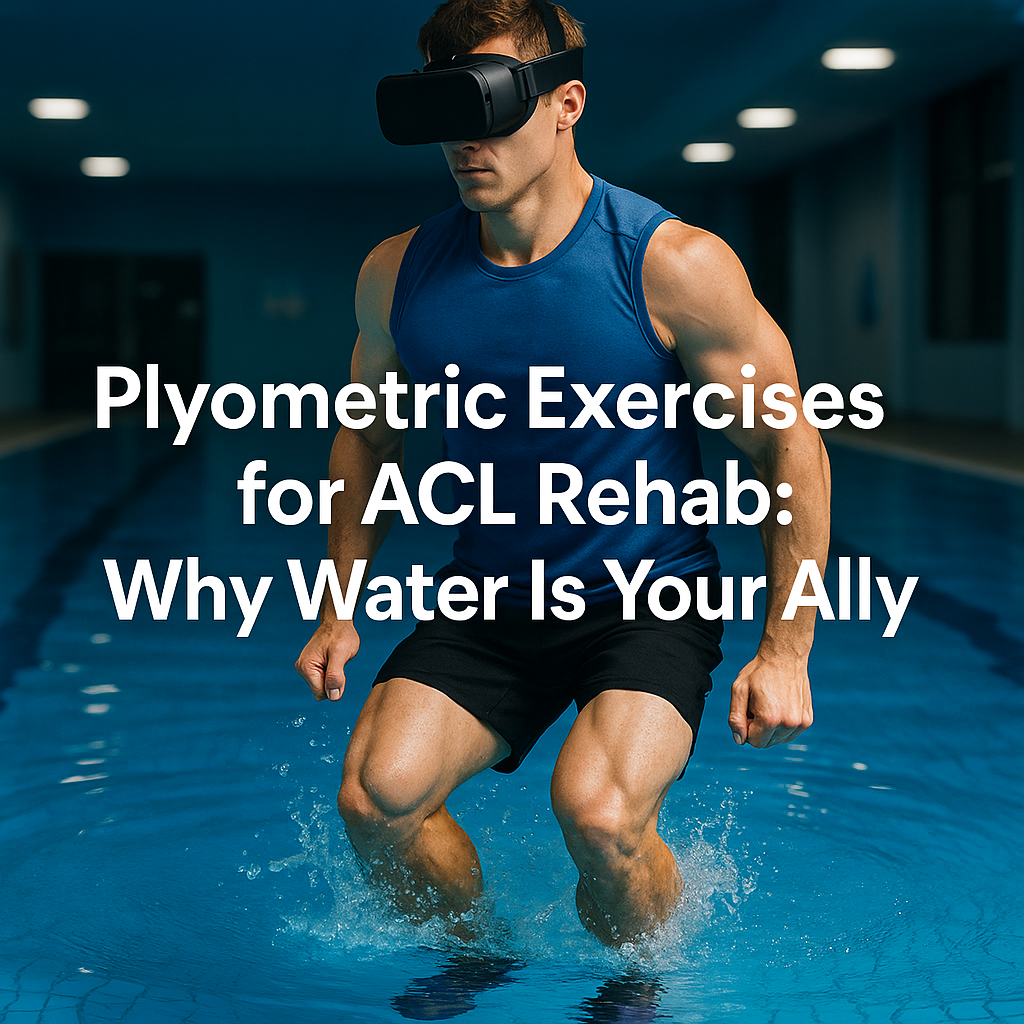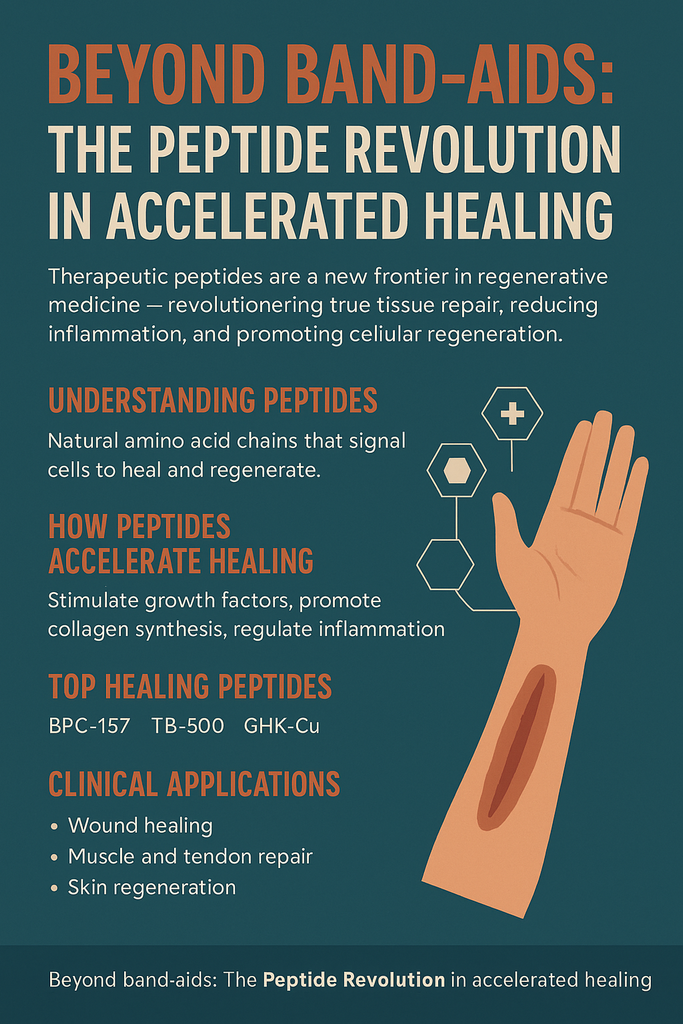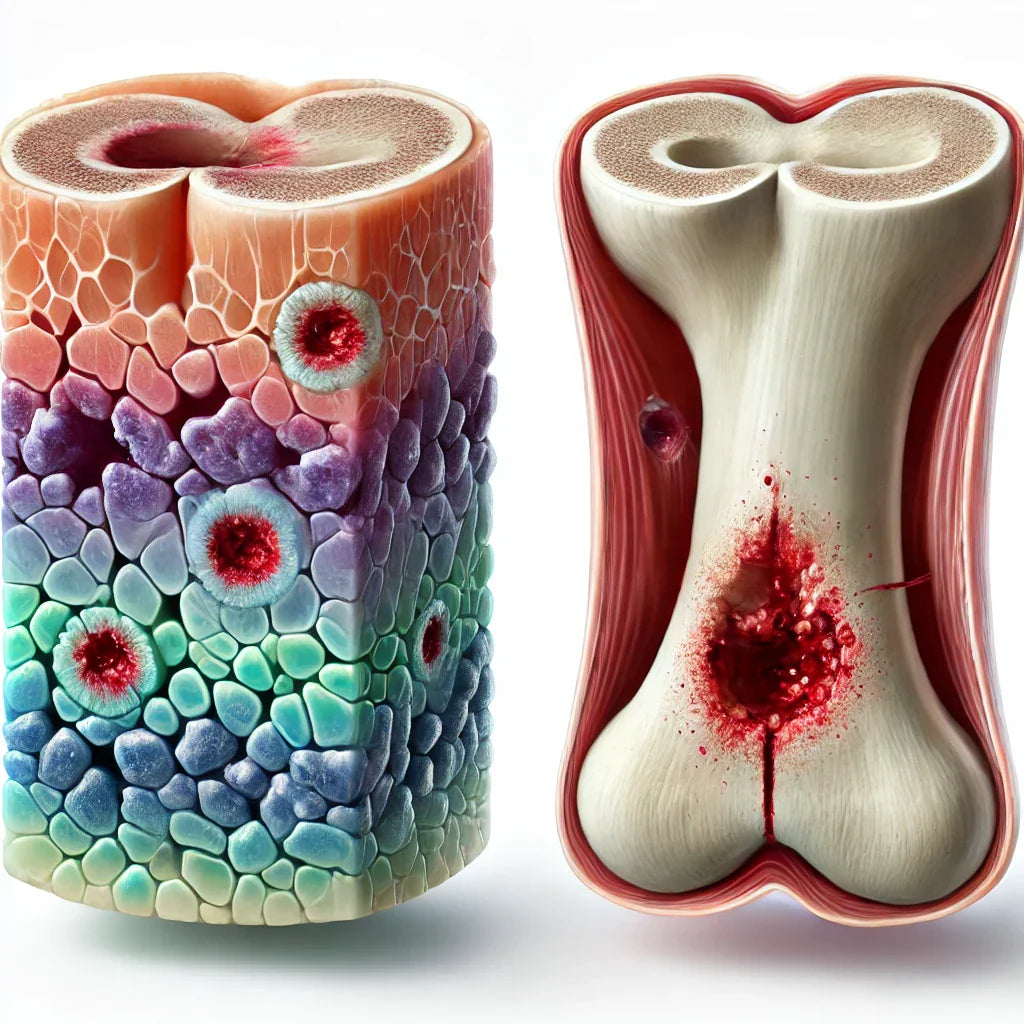News — sports injury
Plyometric Exercises for ACL Rehab: Why Water Is Your Best Ally
ACL exercise progression ACL recovery ACL rehab ACL surgery rehab aquatic therapy dynamic stability hydrotherapy injury prevention joint protection jump training knee injury rehabilitation low-impact training physical therapy plyometric training pool workouts post-op recovery proprioception rehab exercises sports injury water plyometrics
Recovering from an ACL injury can be a long, challenging road—especially when it comes to regaining power, balance, and confidence in your movements. Plyometric exercises, known for their explosive, jump-based motions, are crucial for restoring the dynamic stability needed for sports and active living. But here’s the catch: on dry land, these movements can place a lot of strain on healing tissues, making rehab risky or inefficient in the early stages.
That’s where water becomes your greatest asset. Aquatic environments offer natural resistance with built-in shock absorption, creating the perfect setting for low-impact plyometric training. When used strategically, water-based plyometric exercises can accelerate ACL rehab, reduce re-injury risk, and build the foundational strength required for a full return to activity. Let’s dive into the science and strategy behind why the pool might just be your best training partner during ACL recovery.
Beyond Band-Aids: The Peptide Revolution in Accelerated Healing
accelerated healing anti-scarring biohacking BPC-157 collagen production GHK-Cu healing peptides inflammation control injury recovery muscle repair peptide benefits peptide therapy peptides post-surgery recovery regenerative medicine skin regeneration sports injury TB-500 tissue regeneration wound recovery
Injuries are a part of life—whether from surgery, sports, or everyday accidents. Traditionally, we've relied on band-aids, antiseptics, and time to do the heavy lifting of healing. But in recent years, a new frontier in regenerative medicine has been gaining serious traction: therapeutic peptides. These tiny protein fragments are revolutionizing the way we approach recovery, offering faster tissue repair, reduced inflammation, and enhanced cellular regeneration.
Peptides aren’t just hype—they’re scientifically validated tools that tap into the body’s natural signaling pathways. Unlike antibiotics or steroids, which can have broad and sometimes harsh effects, peptides work with precision. They instruct cells to do what they’re naturally designed to do: heal. From elite athletes to post-operative patients, and even biohackers seeking longevity, peptides are quickly becoming the go-to solution for accelerating recovery and optimizing healing outcomes.
Bone Bruise vs. Regular Bruise: Symptoms, Pain Level & Treatment
bone bruise bone injury bone supplements bruise diagnosis bruise recovery bruise symptoms bruise treatment bruising easily calcium for bones Cissus Quadrangularis collagen support deep bone pain healing bruises joint pain MRI bone bruise natural remedies pain management regular bruise sports injury swelling bruise
Most of us have experienced a bruise at some point—a telltale patch of blue or purple skin that usually fades away with time. But what if the pain goes deeper, lingers longer, and doesn’t seem to match the size of the bruise? That’s where a bone bruise comes into play. Although both bone bruises and regular bruises can result from injury, the differences between them are more than skin deep.
Understanding the distinction between a bone bruise and a regular bruise is important not just for managing pain, but also for choosing the right treatment strategy. This article dives into what sets these two injuries apart, how to recognize them, and what you can do to support recovery—including a look at how supplements like Cissus Quadrangularis 600 mg may help strengthen bone and connective tissues from within.



